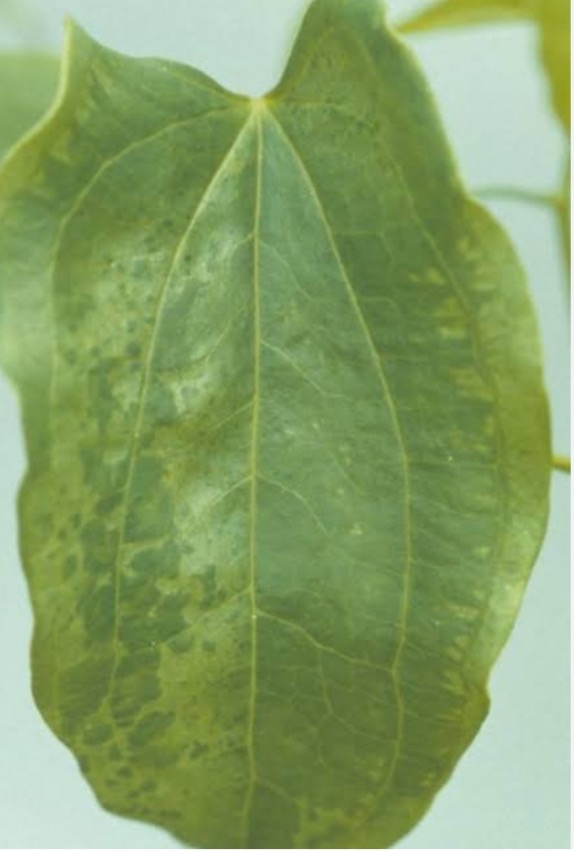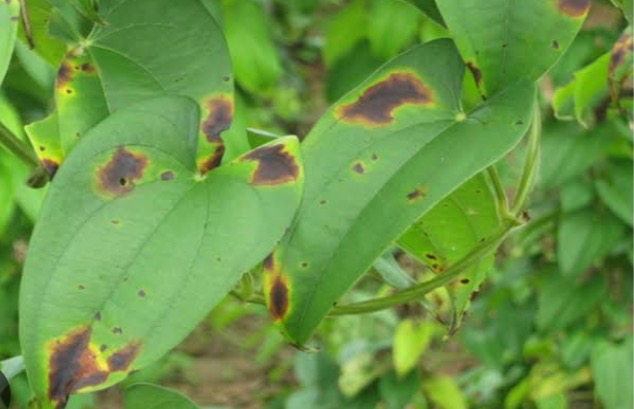Yam Plant
Yams are perennial plants that require fast-draining sandy-loam soil and full sun. They are frost-sensitive and thrive in moist conditions.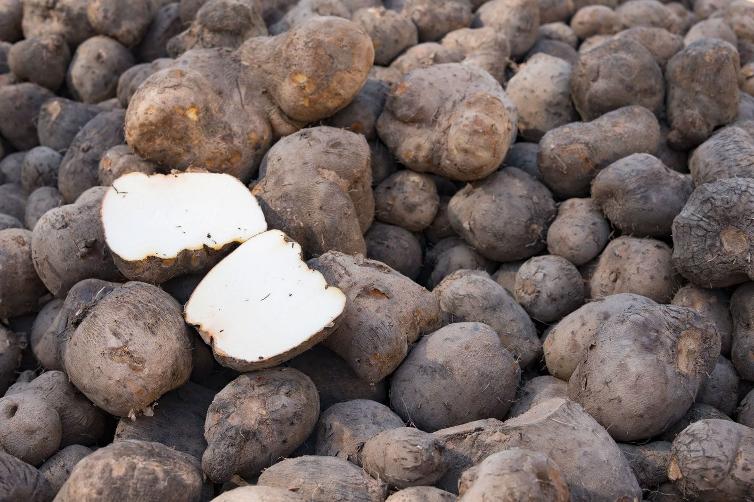
Habit
Perennial
Height
12-24 inch
Growth
Fast
Soil
Well Drained, sandy loam
Shade
Full Sun
Moisture
Moist
Edible
Yes
Medicinal
No
Origin
West Africa
Climatic Condition
Moderate
Temperature (°)
27-35
Humidity (%)
75
Potting media
Partial shade
Fertilizers
Liquid Fertilizers
Watering
regularly
Plant Weight
2-5 kgs
Flowering Time
Partial shade
Soil Ph level
Moderate
Water Ph level
No
Soil EC
Yes
Yield Per Plant
Partial shade
NPK ratio
Moderate
life Span
No
Health Benefits
Yes
Common Diseases and Remedies
Anthracnose, yam mosaic
dark brown lesions on leaves and scorched appearance , infected leaves show green and yellow patterns between the veins and whole plant become stunted
Avoid damage to tubers at harvest time , early crop rotation , dispose of disease twigs and branches after pruning
HEALTH BENEFITS
· High in fiber, aiding digestion and preventing constipation.
· Contains diosgenin, which may support hormonal balance.
· Supports heart health due to its potassium and antioxidant content.
· Helps regulate blood sugar levels due to its complex carbohydrates.
What Is Yam Tree?
Sweet potato plants, logically known as Dioscorea, are enduring plants that have a place with the Dioscoreaceae family. They are developed for their boring tubers, which are a significant food source in many regions of the planet, especially in Africa, Asia, and the Pacific islands. Sweet potato plants have a climbing propensity, with long, twining stems that can arrive at lengths of up to 10 meters or more. The leaves are heart-molded and substitute along the stem, and the plants produce little, subtle blossoms that are either male or female
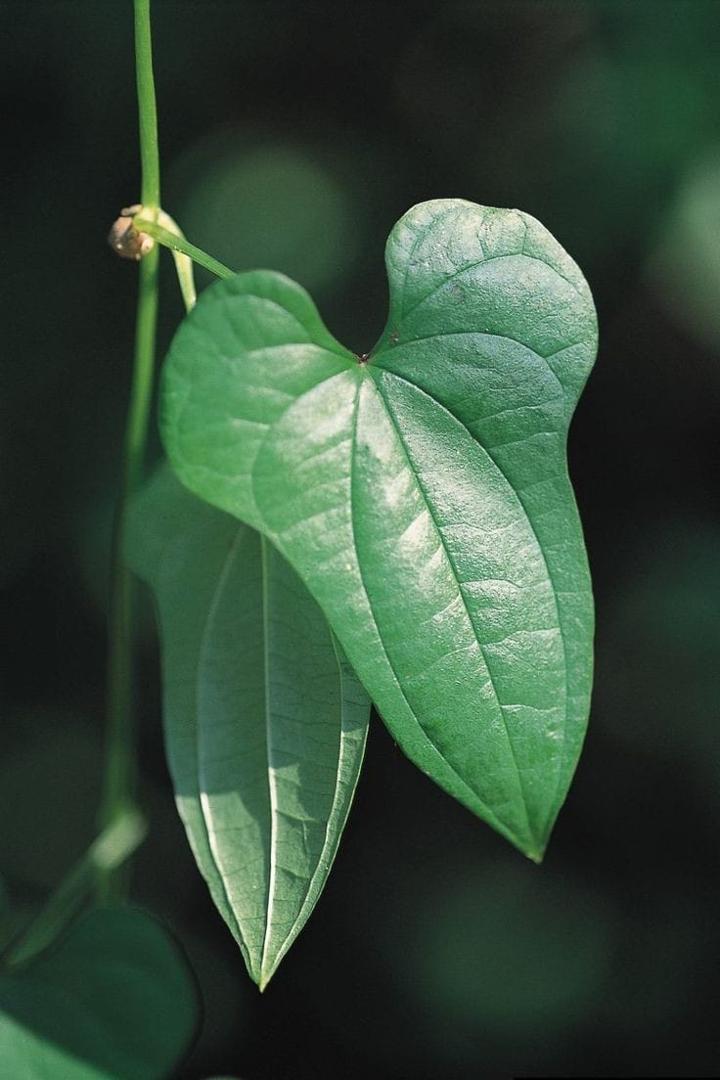
What Are The Different Types Of Yam Plants?
1. Dioscorea alata (More prominent yam)
This kind of sweet potato is local to Southeast Asia and is broadly developed in tropical districts. It delivers huge, round and hollow tubers that can grow up to a meter long. More prominent sweet potatoes are in many cases utilized in cooking and are known for their sweet taste and damp surface.
2. Dioscorea esculenta (Lesser yam)
Local to Southeast Asia and Australia, the lesser sweet potato produces more modest tubers contrasted with the more noteworthy sweet potato. It is a significant food crop in numerous tropical locales and is many times utilized in soups, stews, and different dishes.
3. Dioscorea bulbifera (Air potato)
This kind of sweet potato is interesting on the grounds that it produces ethereal tubers, or bulbils, along its plants. These bulbils can be gathered and replanted to develop new plants. Air potatoes are viewed as obtrusive in certain districts but at the same time are utilized as a food source in specific societies.
4. Dioscorea polystachya (Chinese yam)
Otherwise called cinnamon plant or shan yao, Chinese sweet potato is local to China and East Asia. It produces consumable tubers that are much of the time utilized in customary Chinese medication and cooking.
5. Dioscorea rotundata (White yam)
Local to West Africa, the white sweet potato is a significant food crop in the district. It delivers huge, round tubers that are boring and frequently utilized in soups, stews, and porridges.
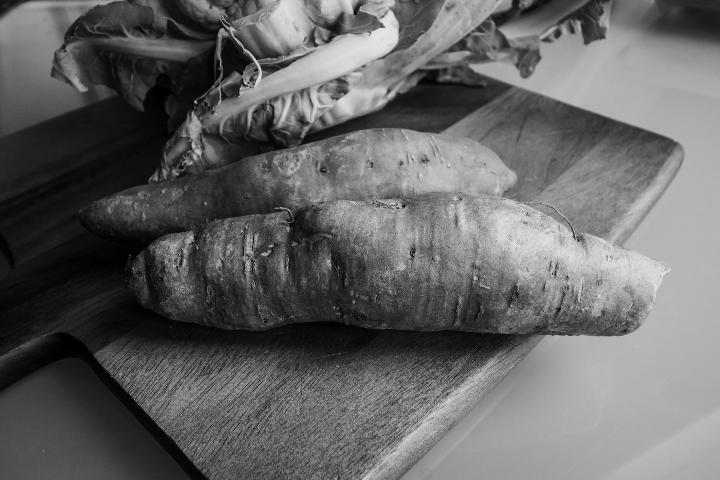
How to Care Yam Plant ?
1. Yam
Sweet potato plants flourish in warm, heat and humidities with a lot of daylight and very much depleted soil. They require temperatures between 77°F to 86°F (25°C to 30°C) for ideal development. While sweet potatoes can endure a scope of soil types, they lean toward sandy topsoil or loamy soil that is wealthy in natural matter. The dirt pH ought to be somewhere in the range of 5.5 and 6.5.
2. Sunshine
Sweet potato plants require a lot of daylight to develop and create tubers. They flourish in full sun, and that implies they need something like 6 to 8 hours of direct daylight each day. In regions with exceptionally hot temperatures, some halfway shade during the most sweltering piece of the day can be gainful to forestall weight on the plants. Nonetheless, generally speaking, sweet potatoes truly do best in a bright area with more than adequate daylight.
3.Soil
Sweet potato plants lean toward very much depleted, ripe soil that is wealthy in natural matter. A sandy topsoil or loamy soil surface is great for sweet potatoes, as it gives great waste while holding sufficient dampness for the plants. The dirt pH ought to be somewhat acidic to unbiased, preferably somewhere in the range of 5.5 and 6.5, for ideal development.
4. Hydration
Sweet potato plants require steady dampness all through the developing season, particularly during the tuber arrangement stage. Satisfactory hydration is critical for the improvement of solid tubers. Notwithstanding, sweet potatoes are likewise delicate to waterlogging, so it's vital to keep an equilibrium and keep away from overwatering.
5. Nourishment
Sweet potato plants require a fair manure application to help their development and tuber improvement. Prior to planting, integrate all around spoiled fertilizer or excrement into the dirt to give natural matter and supplements.
During the developing season, you can treat sweet potato plants with a reasonable manure that is higher in potassium and phosphorus, for example, a 10-10-10 or 5-10-10 mix. Apply the compost as per the maker's directions, commonly every 4 a month and a half, beginning when the plants start to vivaciously develo
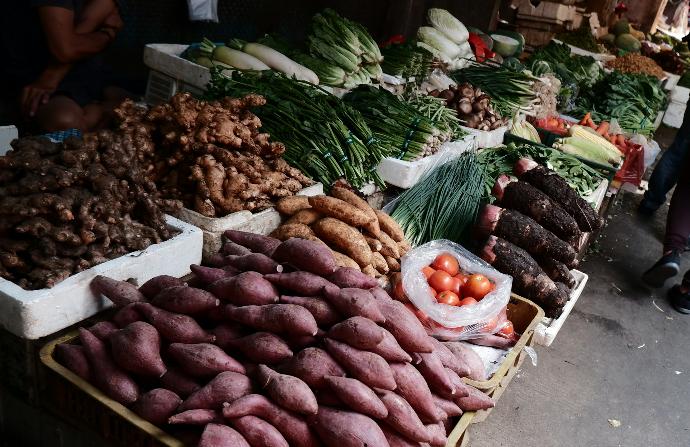
6.Issues
Sweet potato plants can be gone after by bugs like nematodes, aphids, parasites, and caterpillars. These vermin can harm the leaves, stems, and tubers, lessening plant development and yield.
What are the Benefits of Yam Plant ?
1. *Nutritional value:* Sweet potato tubers are a decent wellspring of sugars, fiber, nutrients (like L-ascorbic acid and B-complex nutrients), and minerals (like potassium, manganese, and copper). They give energy and add to by and large supplement admission.
2. *Digestive health:* The fiber content in sweet potatoes can assist with advancing stomach related wellbeing by supporting ordinary solid discharges and taking care of useful stomach microscopic organisms.
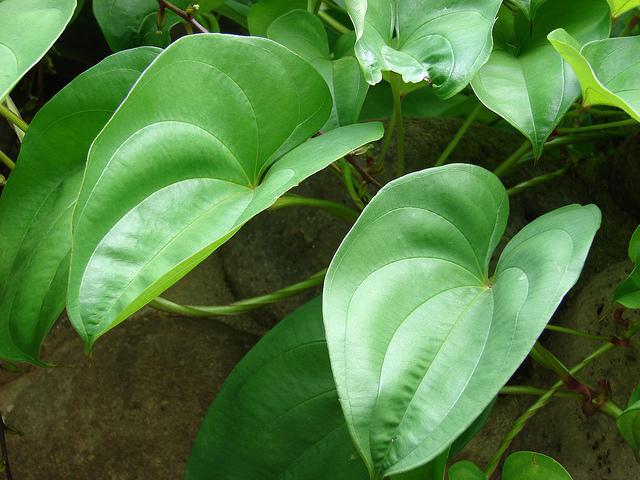
FAQs About Growing Yam
1. how to keep up with sweet potato plant ?
Keep the area around the yam plants free from weeds, as they can compete for nutrients, water, and sunlight. Use mulch to suppress weeds and conserve soil moisture.
2. what are the uses of yam plant?
The tubers of yam plants are a staple food in many parts of the world, especially in Africa, Asia, and the Pacific islands. They can be boiled, roasted, fried, or processed into flour or starch for use in cooking and baking.
3. can I grow yam plant indoor ?
Yam plants require a lot of space to grow, both vertically and horizontally. Indoors, you'll need a tall trellis or support structure for the vines to climb, as well as enough space for the vines to spread out.
4. which pot is best for growing yam plant?
Choose a large pot that is at least 18 inches (45 cm) in diameter and 24 inches (60 cm) deep. This will provide enough space for the yam plant's tubers to develop and the vines to spread out.
5. where can I shop yam plant ?
You can shop for yam plants at local nurseries, garden centers, or plant shops that specialize in vegetable plants. You can also check online retailers that sell plants and gardening supplies. When shopping for yam plants, look for healthy plants with well-developed roots. If you can't find yam plants locally, you may be able to order them online from specialty plant nurseries or agricultural suppliers.
